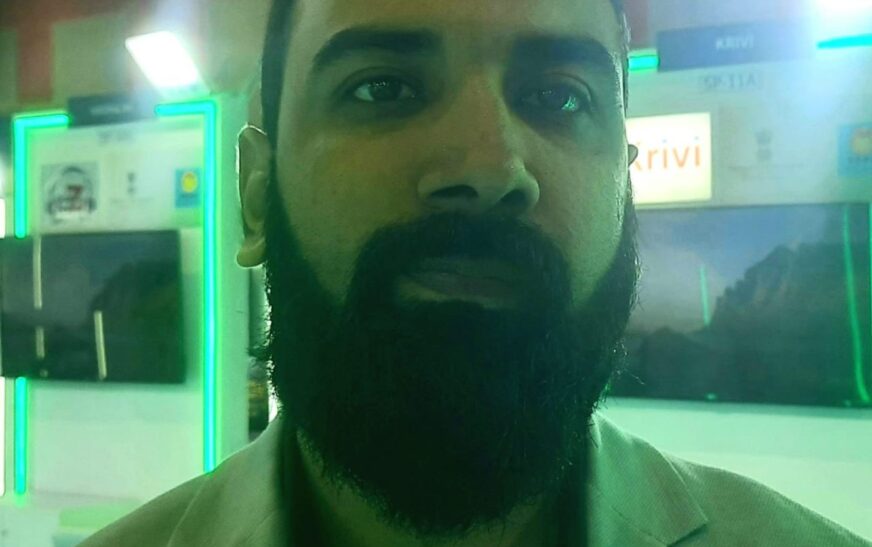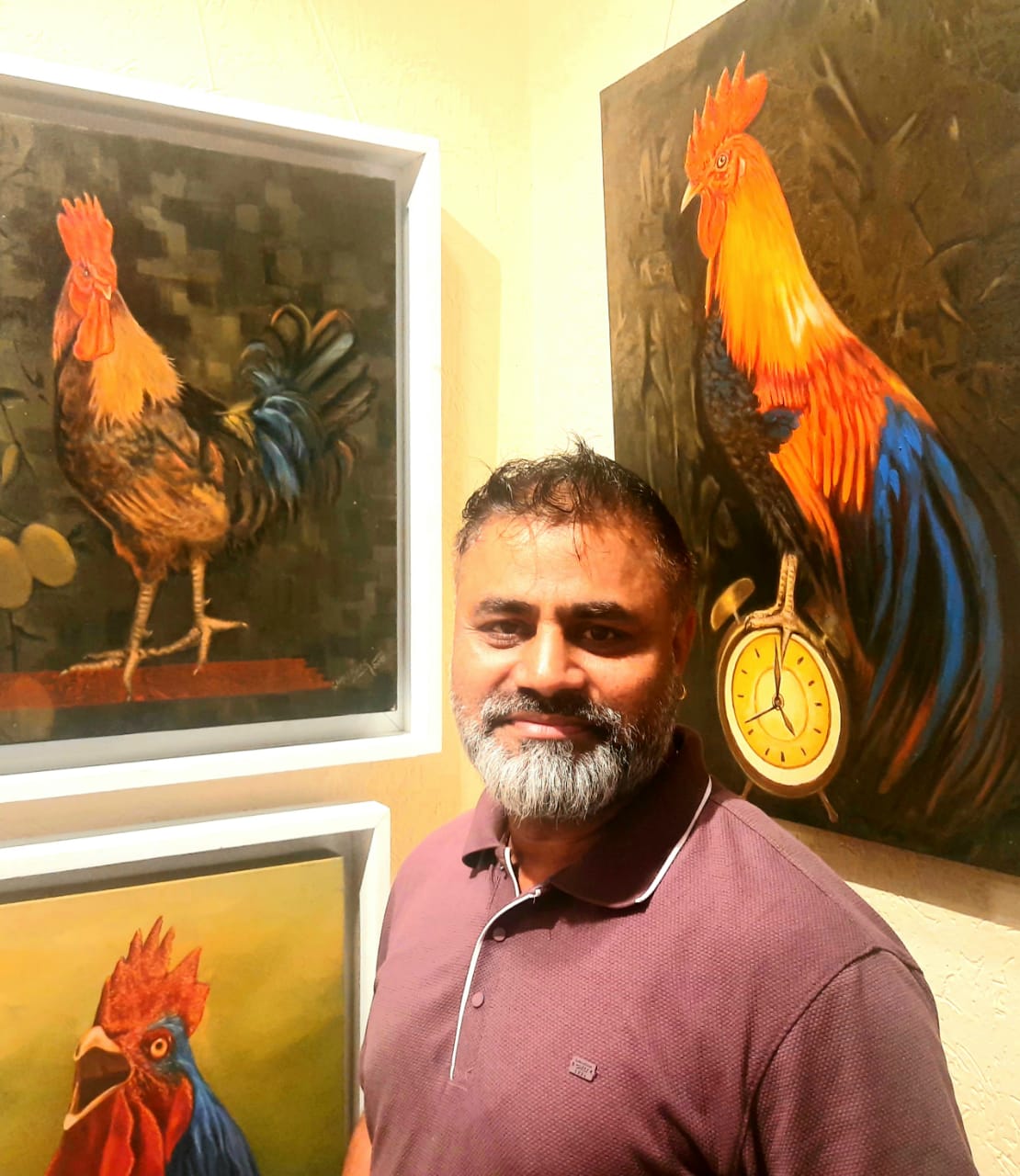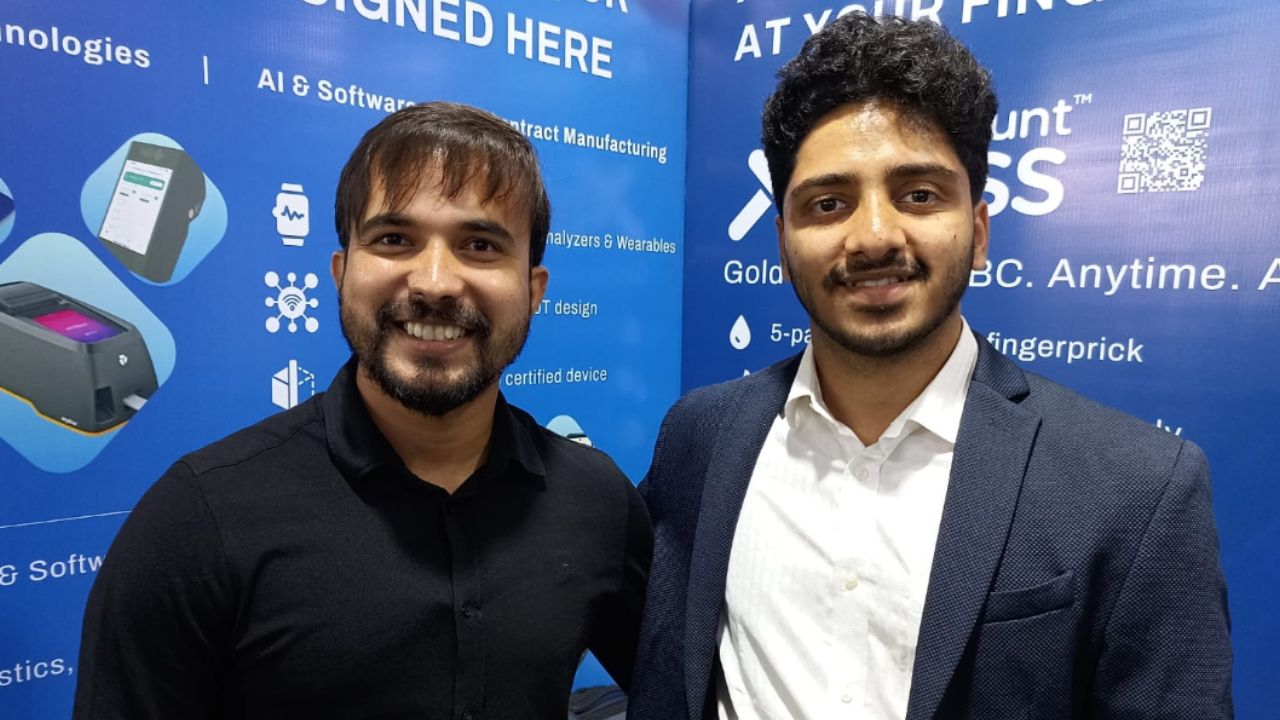Lakir Technologies is revolutionizing the drone industry with cutting-edge technology and an unwavering commitment to excellence. Renowned for its groundbreaking stereo vision drones, Lakir Technologies continuously pushes the boundaries of what drones can accomplish. At the heart of its mission lies Drone Mandi—India’s premier drone hub—bringing skilled pilots and essential services together. This platform facilitates access to professional aerial photography, videography, and industrial inspections. Beyond services, Drone Mandi acts as a dynamic marketplace, allowing enthusiasts to buy, sell, or rent drones, parts, and accessories.
Lakir Technologies goes further by offering robust training programs and partnering with DGCA-certified schools and Indian drone manufacturers, fostering a collaborative ecosystem. Moreover, this empowers students, professionals, and businesses to tap into drones’ full potential in India.
In an exclusive dialogue with The Interview World, Rohan Gupta, Founder and CEO of Lakir Technologies, shares insights into the intelligent drone technologies his company has developed through advanced computer vision and machine learning. Furthermore, he delves into the threat perceptions these drones can detect in real time, discusses the company’s target market in India, and highlights how Drone Mandi is building a strong community of skilled drone pilots. Here are the key insights from this compelling conversation.
Q: Could you share insights into the intelligent drone technologies you’ve developed, specifically how you’ve integrated computer vision and machine learning to enhance their capabilities?
A: At Lakir Technologies, we’re giving drones the power of sight. Our drones perceive the world in 3D and make intelligent decisions autonomously, thanks to advanced computer vision and machine learning. Using only vision sensors, they navigate and analyze their environment with remarkable accuracy. In essence, what Tesla is doing for cars, we’re achieving for drones—with a model under 2 kg that even operates without GPS.
Q: What types of threat perceptions can your drone detect using machine vision technology?
A: By harnessing machine vision, we equip drones with two visual sensors, enabling them to perceive the world in 3D. Just as humans use two eyes to gauge depth and distance, our drones leverage these sensors alongside machine learning and computer vision techniques to create a 3D representation of their environment.
Typically, when a drone flies two kilometers away, it often focuses on what’s directly below. This lack of forward visibility can be problematic. However, with two cameras positioned at the front, the drone can detect obstacles, such as buildings, in its path. These cameras also alert the drone’s system to the presence of an obstacle, allowing it to automatically divert to avoid collisions. Additionally, our drones can ascend to the legal altitude of 120 meters and beyond, complying with regulations where permitted.
Q: What types of ground threats can your drone identify and capture?
A: Ground threats encompass all obstacles on the ground, establishing a base that can impede drone operations. Generally, any object in the airspace poses a potential threat to a flying drone. Thus, every obstacle presents a risk that must be evaluated and navigated effectively.
Q: Who are the primary target customers for this product in India?
A: At present, the media entertainment field lacks any drones designed for its unique needs. Recognizing this significant opportunity, we are strategically targeting this market to introduce innovative drone solutions that can enhance production quality and transform how media content is created and experienced.
Q: Could you elaborate on the ‘Drone Mandi’ initiative you mentioned? What is its purpose and how does it work?
A: I travelled across India, engaging with 50 drone pilots to gather their insights on desired features for drones. This process not only revealed essential functionalities but also allowed me to establish a robust network of pilots. As these pilots expressed interest in job opportunities, I recognized a pressing need for a solution. In response, I launched Drone Mandi, a dynamic platform that connects drone pilots with customers directly. This service enables seamless collaboration and opens up opportunities for pilots to find work anytime and anywhere.
Q: What skills are required to operate this type of drone, and do you offer skill development and training programs for drone pilots?
A: Yes, we are actively providing that service. We partner with numerous RPTOs, which are government-recognized training institutions throughout India that specialize in pilot training.
Once pilots complete their certification, they can join our platform, where they access a wide range of job opportunities. These include positions in agriculture, spraying, industrial inspections, and more. Additionally, we cater to the niche field of media entertainment, expanding the possibilities for certified pilots to find diverse employment.









